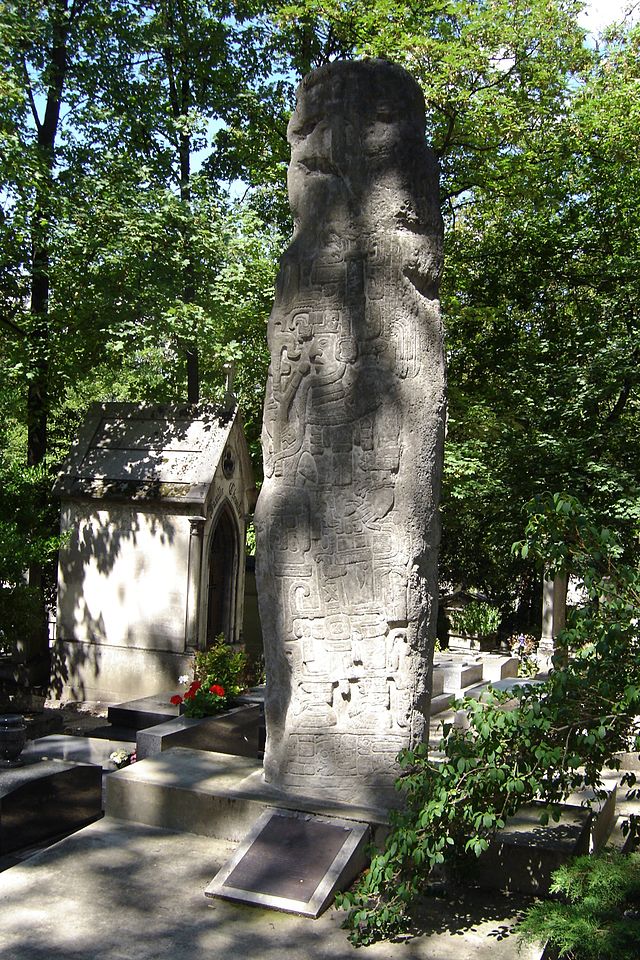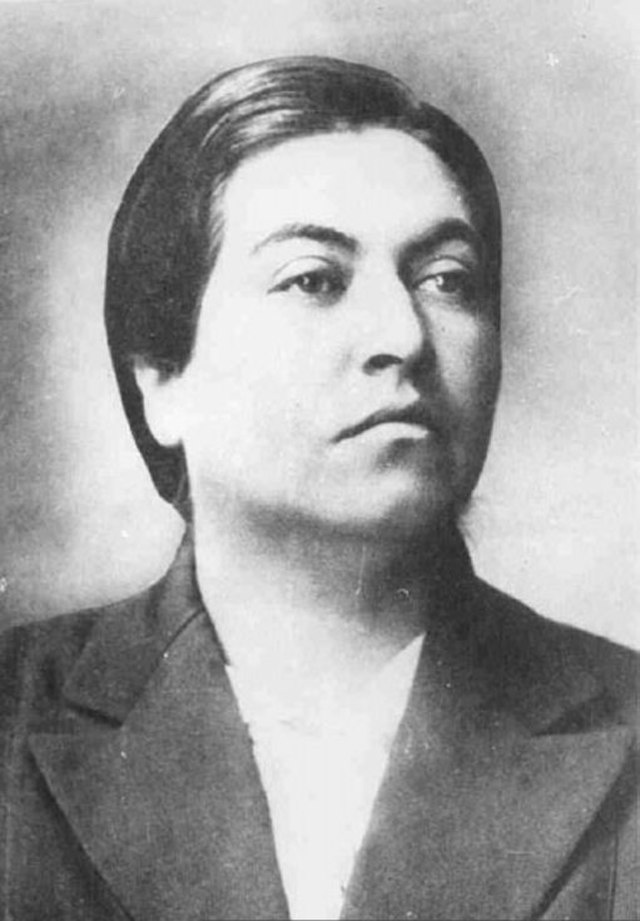Portraying the Essence of the Region Central America, with its lush landscapes and vibrant cultural heritage, has been a wellspring of inspiration for numerous authors seeking to capture the essence of rural life. Through their works, these literary voices illuminate the realities, struggles, and beauty of rural communities, providing valuable insights into the social, economic, and cultural fabric of the region. This essay explores the significance of Central American literature in portraying rural life and its role in fostering a deeper understanding of the region.
Rural life in Central America is intimately tied to nature, traditional customs, and a strong sense of community. Within the pages of Central American literature, the intricacies of rural existence come to life, depicting the daily routines, challenges, and aspirations of those living in these regions. These literary works offer a unique perspective through which readers can gain a deeper understanding of the complexities of rural life in Central America.
Through their narratives, Central American authors shine a light on the socio-economic realities that shape rural communities. These stories delve into issues such as poverty, land ownership, labor exploitation, and migration, challenging societal norms, exposing injustices, and advocating for social change. For instance, the works of Sergio Ramírez, a prominent Nicaraguan author, often explore themes of social inequality and rural poverty. In his novel “Castigo Divino” (Divine Punishment), Ramírez portrays the harsh realities faced by rural communities and sheds light on the systemic injustices that perpetuate poverty. Another example is the Guatemalan author Rigoberta Menchú, whose influential memoir “I, Rigoberta Menchú” documents the struggles of indigenous communities, shedding light on issues of land ownership, exploitation, and cultural oppression.
Through their literary contributions, authors like Ramírez and Menchú contribute to a broader discussion on social and economic inequality, fostering a more inclusive dialogue within Central American societies.
Moreover, these literary voices play a vital role in preserving and celebrating the cultural heritage of rural communities. Within their writings, authors capture the customs, traditions, folklore, and oral histories that define rural life in Central America. For example, the works of Salvadoran author Claribel Alegría explore the cultural richness and ancestral traditions of rural communities in her poetry and novels. Alegría’s writing showcases the vibrant folklore, myths, and legends that have shaped the cultural identity of rural populations in Central America. Another notable author is the Honduran writer Roberto Sosa, whose poems and short stories delve into the customs, rituals, and oral histories of rural communities, preserving their cultural heritage through vivid literary portrayals. By giving voice to these cultural expressions, authors like Alegría and Sosa contribute to the preservation of intangible cultural heritage, ensuring that these traditions are recognized and valued for generations to come.
The environmental challenges faced by rural communities, such as deforestation, climate change, and the exploitation of natural resources, are also reflected in Central American literature. Through their works, authors promote environmental consciousness, raising awareness about the importance of sustainable practices and the preservation of natural ecosystems.
Central American literature provides a platform for the voices and experiences of marginalized rural communities. By depicting the struggles and resilience of individuals living in these regions, authors empower these communities, granting them visibility and agency. Through literature, rural voices gain recognition, challenging stereotypes, and broadening societal perspectives on the diverse realities within Central America.
By engaging with Central American literature, readers, both within and outside the region, gain a deeper appreciation for the rich diversity and cultural nuances present in rural communities. These literary works foster cultural exchange and understanding, exposing individuals to different perspectives and promoting cross-cultural dialogue.
Some other notable authors from Central America that have made significant contributions to the portrayal of rural life are, for example, Miguel Ángel Asturias, a Nobel laureate from Guatemala, explored the indigenous cultures and rural settings of his homeland in works like “Men of Maize.” Salvadoran author Manlio Argueta vividly depicted the struggles of rural communities during the Salvadoran civil war in his renowned novel “One Day of Life.” Honduran writer Horacio Castellanos Moya explored themes of migration and rural displacement in his works, including “Senselessness.” These authors, among many others, have enriched Central American literature with their unique perspectives on rural life.
Central American literature plays a vital role in portraying rural life and offering insights into the cultural, social, and economic realities of the region. Through their literary works, authors shed light on the unique experiences of rural communities, fostering empathy, understanding, and social consciousness. By capturing the essence of rural life, these authors contribute to the preservation of cultural heritage, the promotion of environmental awareness, and the empowerment of marginalized voices. Central American literature serves as a bridge, connecting readers to the vibrant tapestry of rural existence in the region, enriching our understanding of the diverse and complex realities that shape Central America.










